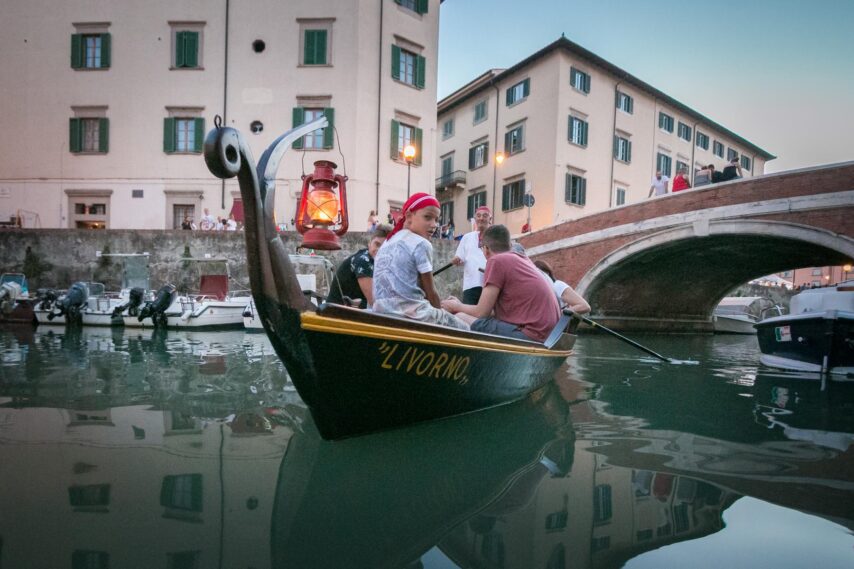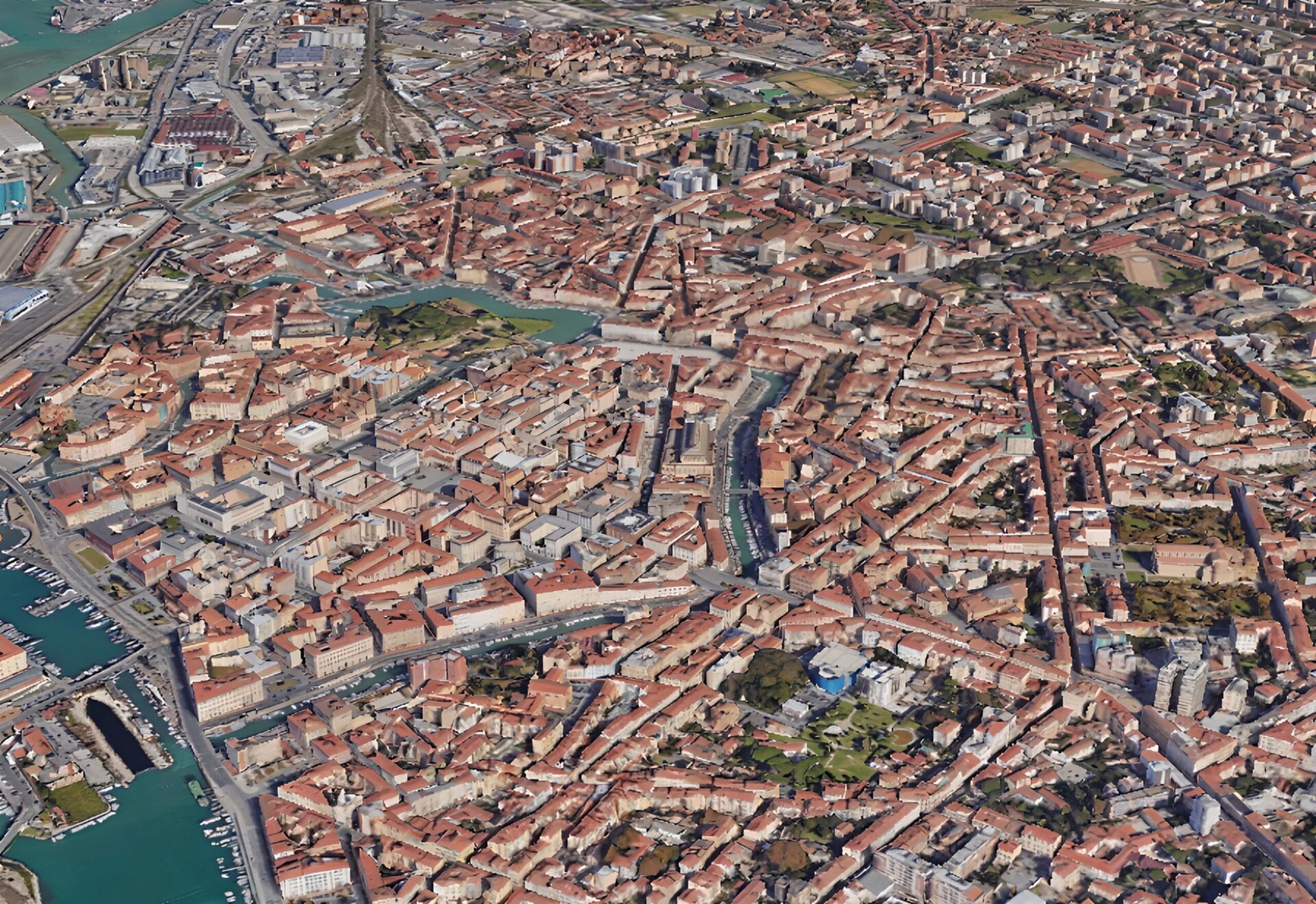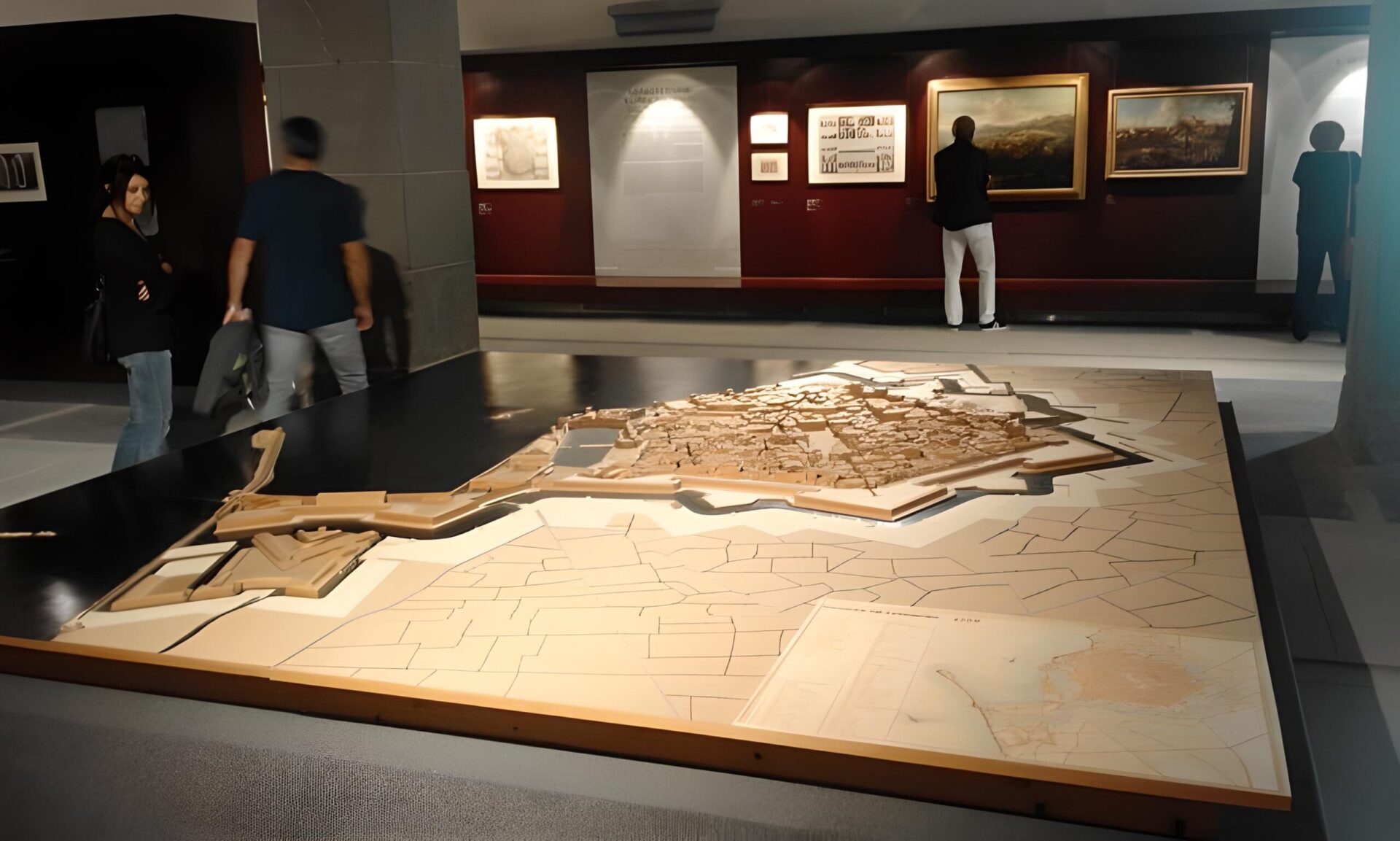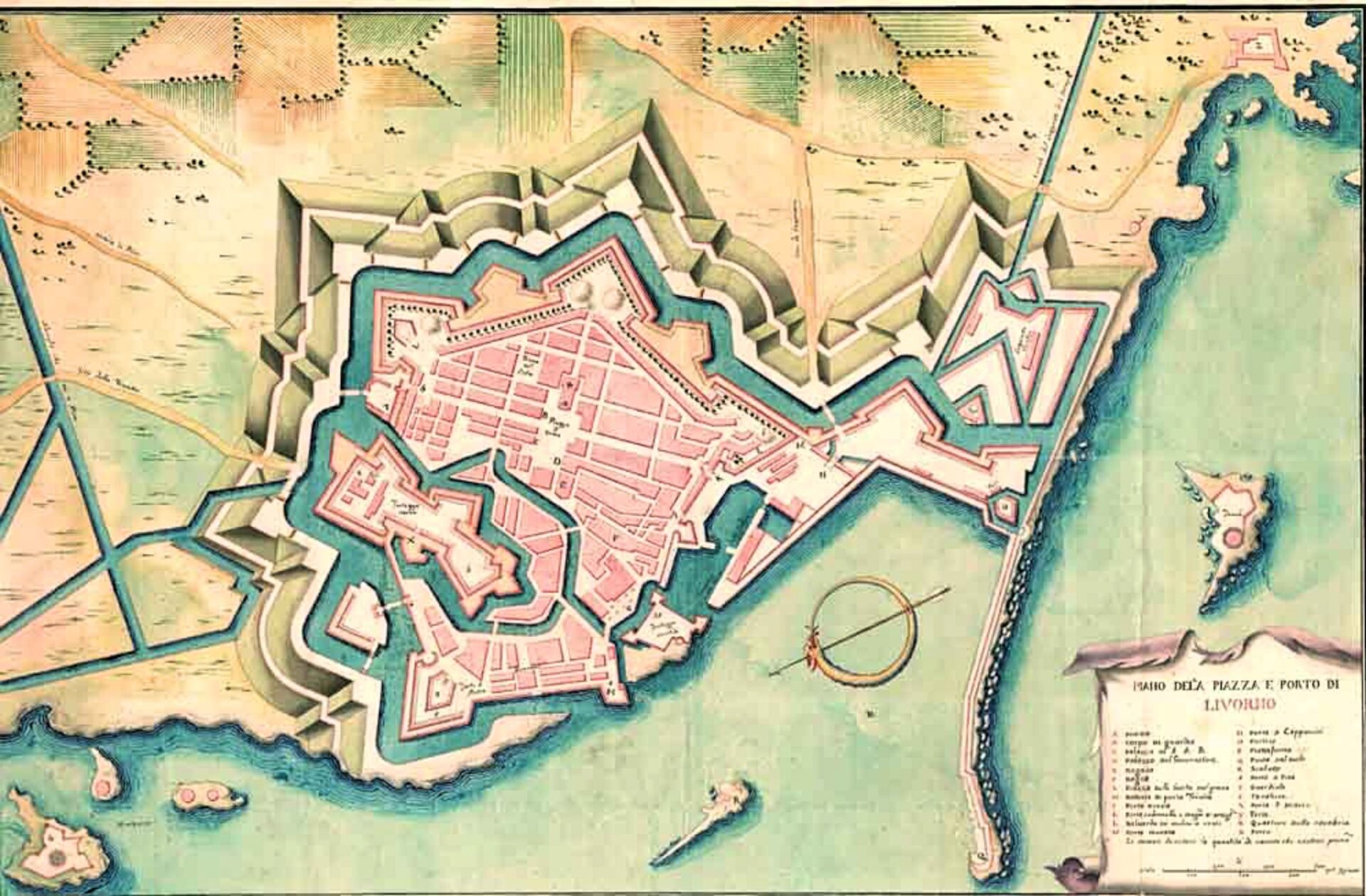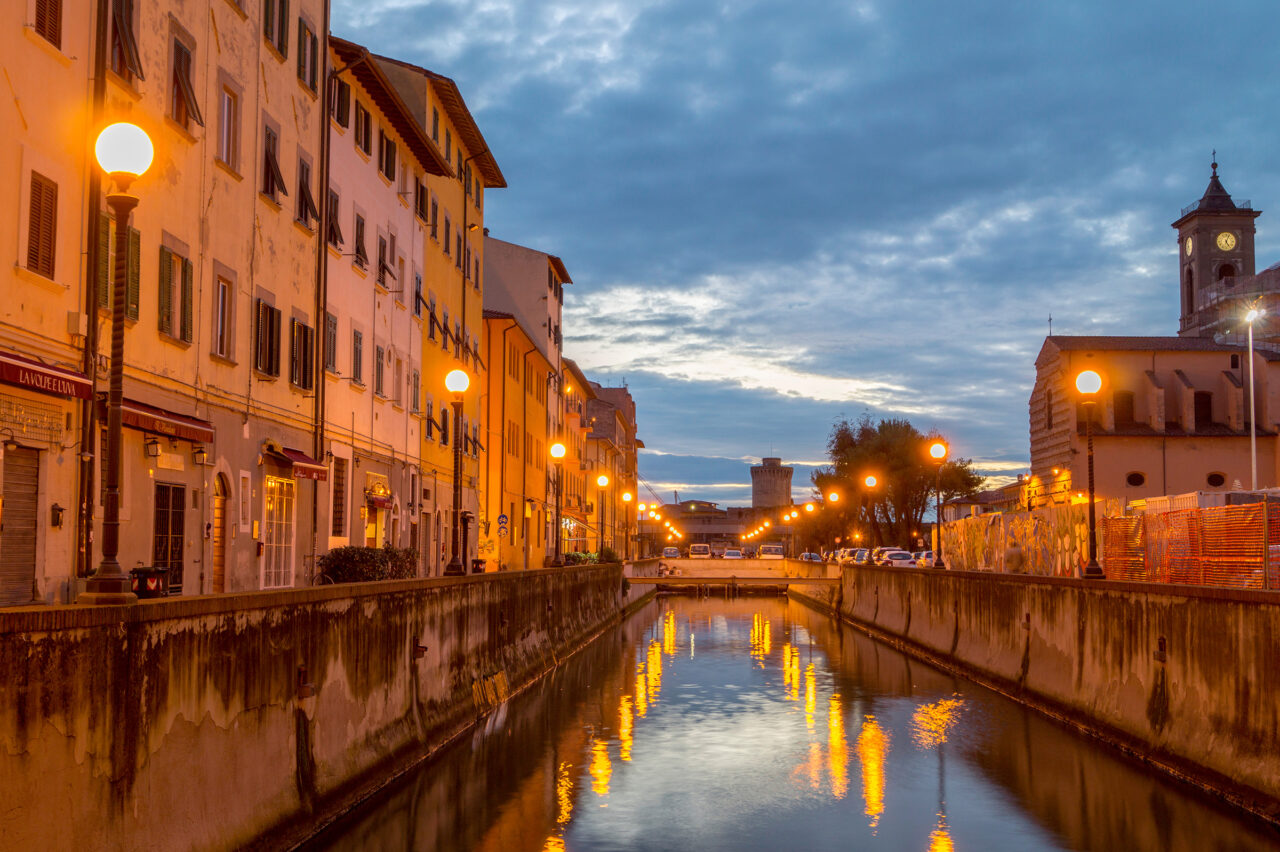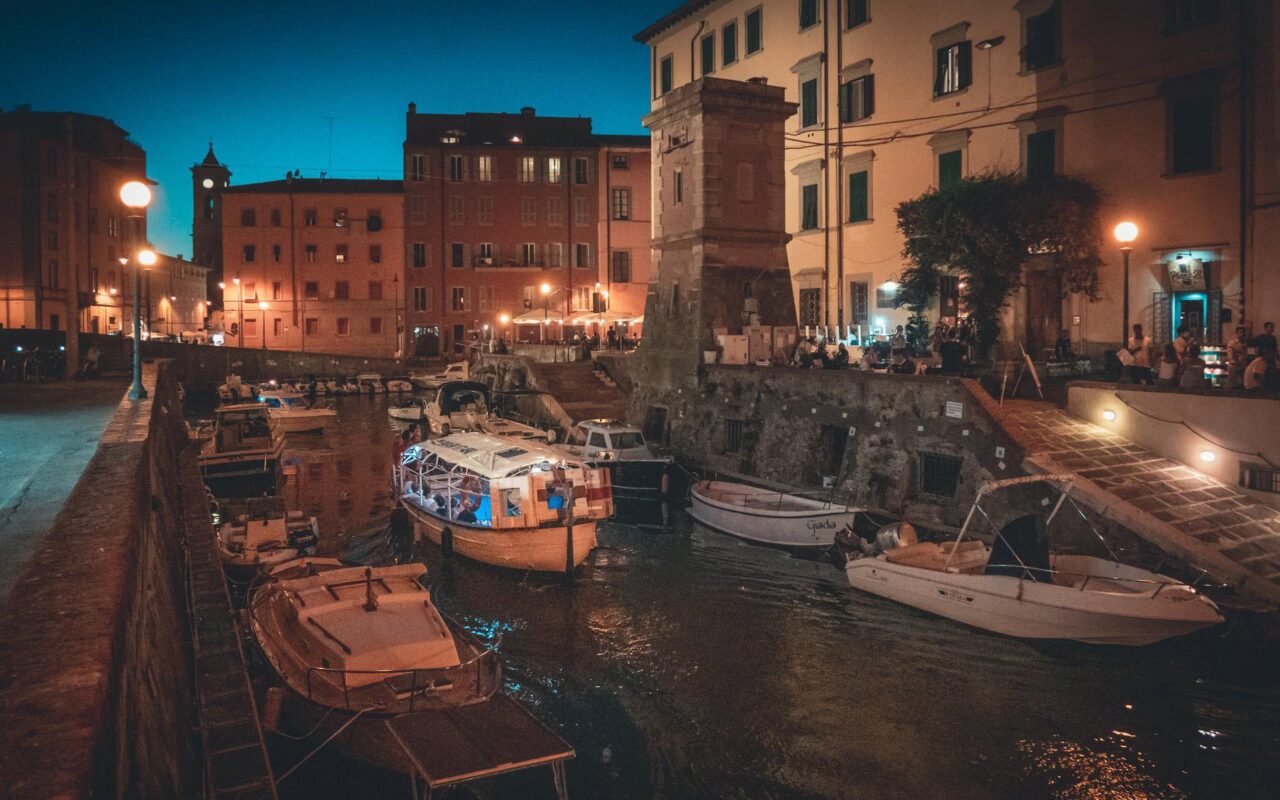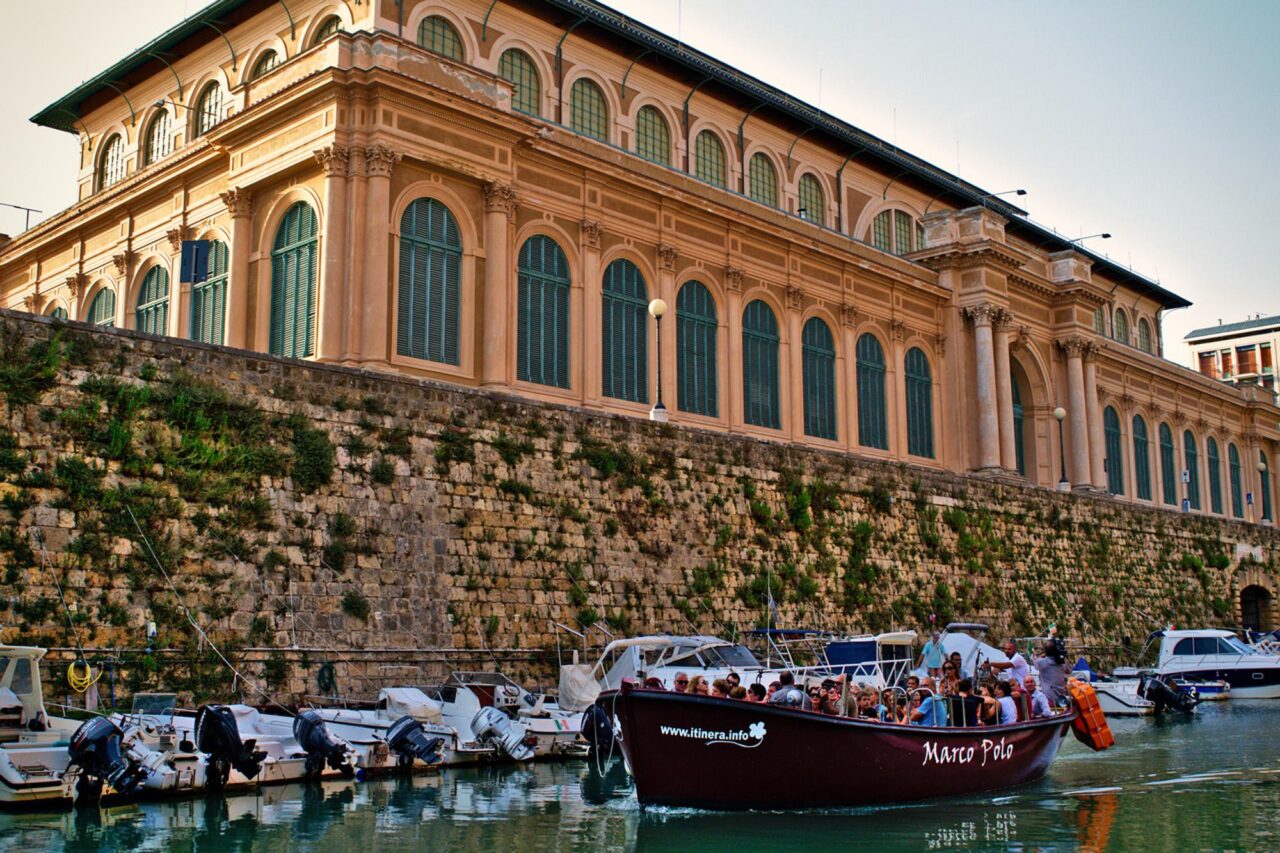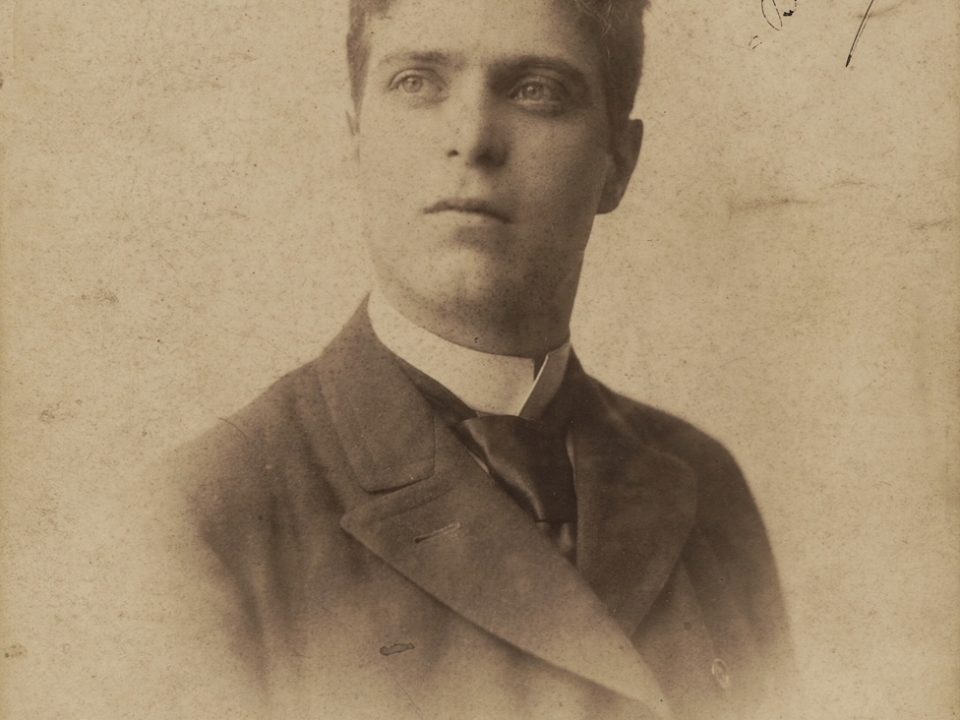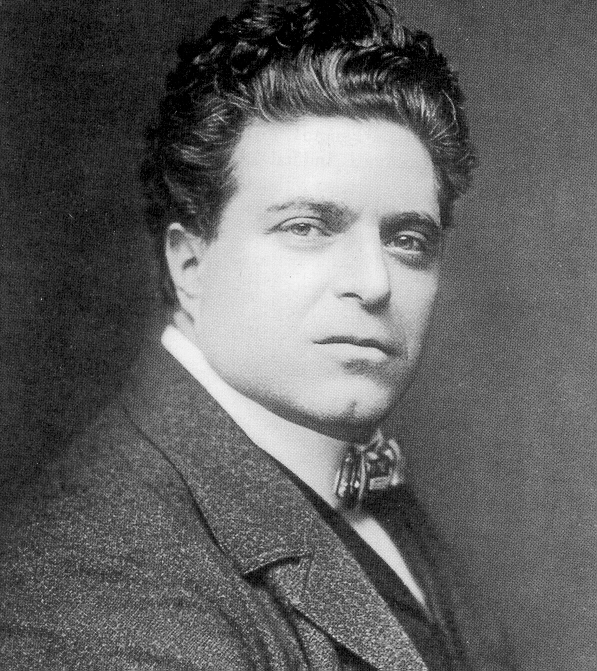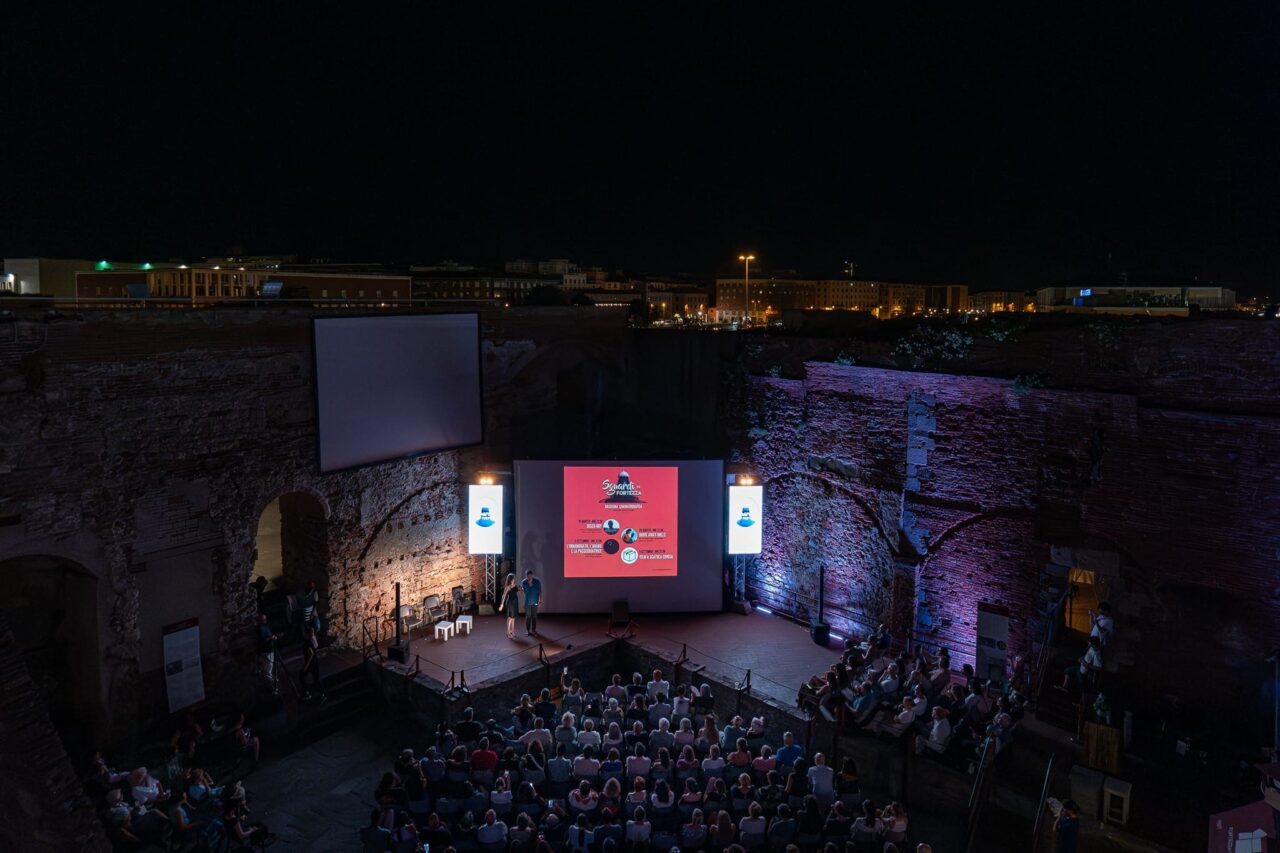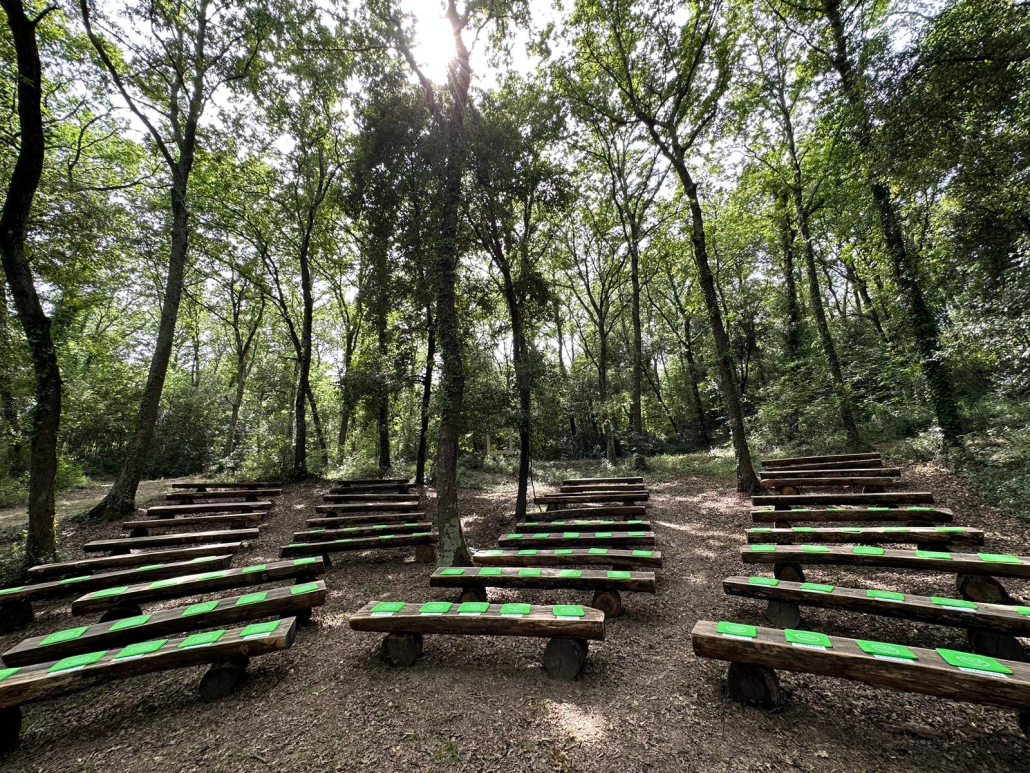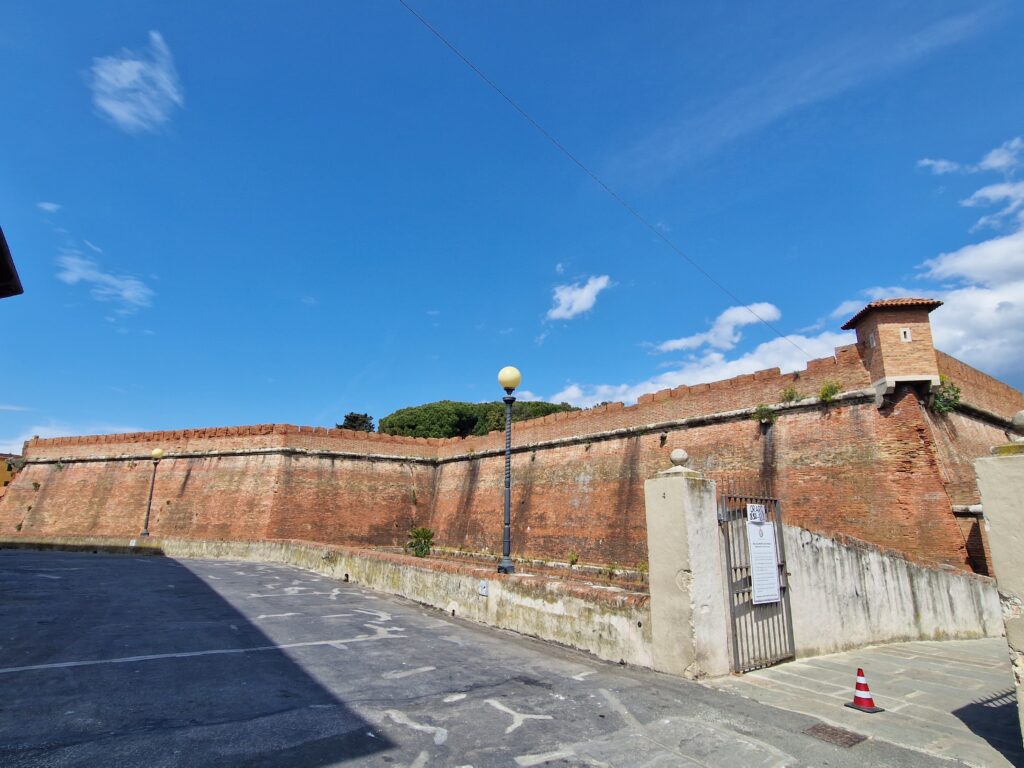Livorno / What to do and see / The Buontalenti’s Pentagon
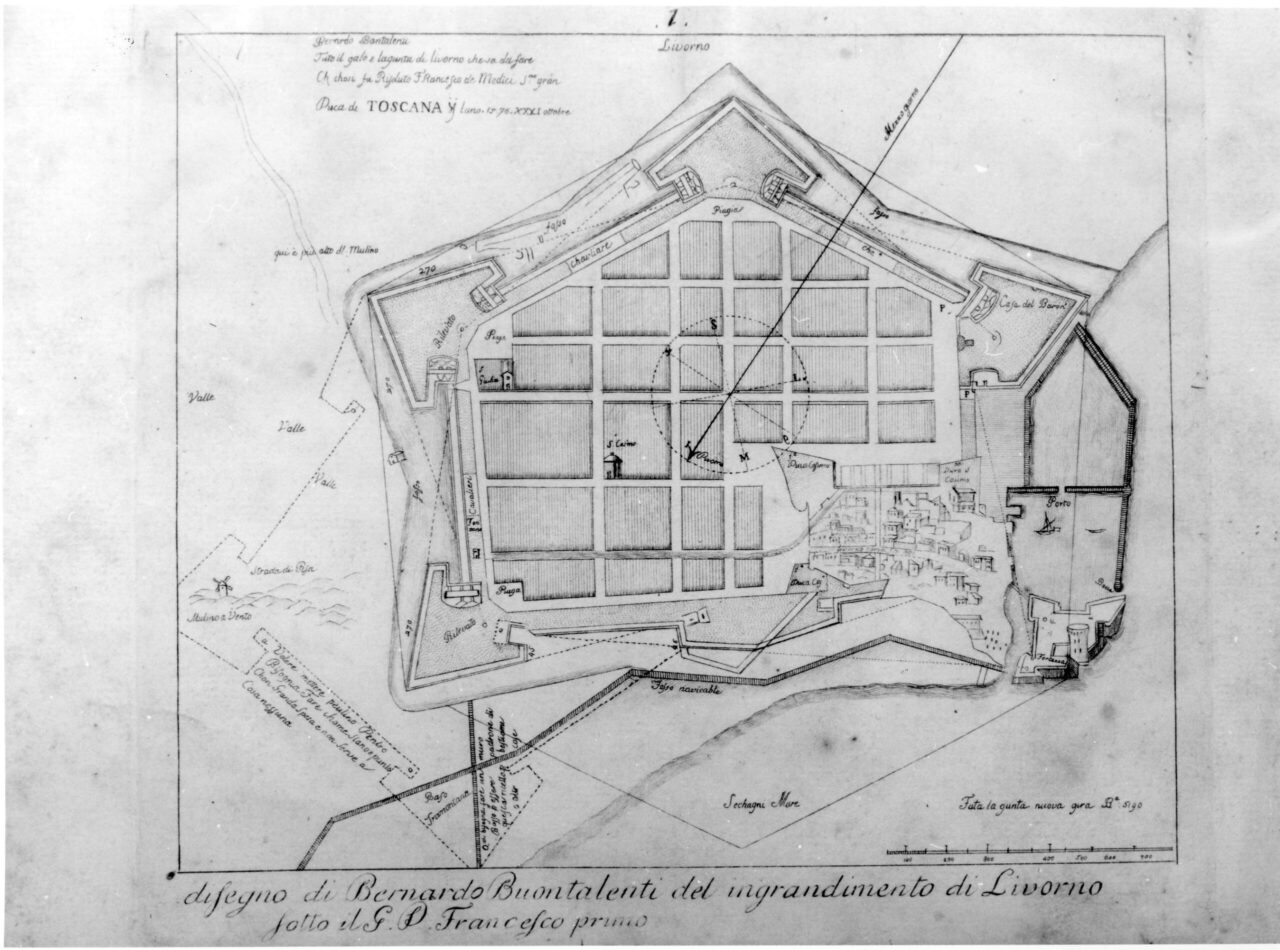
The Buontalenti’s Pentagon
Ideal City of Livorno
The genesis of a Renaissance project
In an era when the Renaissance was flourishing, spreading innovative ideas and a new way of seeing the world, the city of Livorno became the stage for an ambitious urban project of an Ideal City that maintained its original design philosophy for centuries.
In 1421, the Republic of Florence acquired the Castello di Livorno from the Genoese, laying the foundations for a prosperous future of a city destined to become a major maritime hub. Livorno, with its port, effectively replaced the neighboring Pisan port, which was now in decline, becoming the reference point for all of the Medici’s trade in the Mediterranean. Cosimo I de’ Medici had already given a significant boost to the city’s port development, but the true leap in quality was planned by his son Francesco I, who, in the midst of the Renaissance, designed something extraordinary: to make Livorno an Ideal City.
A Dream of Urbanism that became Reality
To give shape to this dream, in 1576, the military architect and engineer Bernardo Buontalenti was commissioned with the objective of creating a project in which, according to Renaissance architectural and urban ideals, space, man, and the city would coexist in perfect balance. The choice of the pentagonal layout, in which the human body is naturally inscribed, is the symbol of this philosophy. Geometrically perfect, with regular and straight streets, with walls, ramparts, and a large marine moat, Livorno was conceived according to the dictates of the “Forma Urbis” of the Vitruvian plan.
On March 28, 1577, a date chosen based on the calculations of the Court astrologers, the foundation stone of the Pentagon was laid in the presence of the Grand Duke and the Archbishop of Pisa. Still visible today within the urban fabric, the pentagonal perimeter would only be completed in the early 17th century, under the rule of the new Grand Duke Ferdinando I, including the construction of a second imposing military fortification: the Fortezza Nuova.
In 1606, once the new urban core was completed, with its characteristic star shape typical of fortresses of the time, surrounded by a powerful defensive line and a surrounding moat about 3 meters deep, Livorno was solemnly elevated to the rank of a city, effectively becoming an extension of the Grand Duchy of Tuscany in the Mediterranean.
Between the 17th and 18th centuries, the Livorno settlement was further extended with the construction of the Venezia Nuova neighborhood, which almost appears to complete the project of the ideal city, serving as a connection between the two powerful Medici fortresses through a new network of merchant canals.
Livorno, proudly defined by the Grand Dukes of Tuscany as the “key to our State,” did not remain a mere urban experiment but thrived over time, becoming one of the major ports in the Mediterranean and a benchmark for other European cities. Not surprisingly, Piazza Grande, now very different from the one designed by Buontalenti, has served as inspiration for the creation of similar spaces such as Covent Garden in London and Place Dauphine in Paris.
Useful informations
-
Who:
Alone, Children and families, Groups, In pairs, With friends
-
When:
Autumn, Spring, Summer, Winter
-
What:
-
Other characteristics
Free, Outdoors, Reachable by public transport, Without reservation

The unexpected Tuscany
Discover all the peculiarities that make Livorno so unique and surprising.
Discover moreTourist information
Offices, contacts, and tourist information to help you organize your visit.
Find places and stories that fit you

Subscribe to the newsletter
to stay updated
Don't miss any news about events in Livorno and surroundings.

